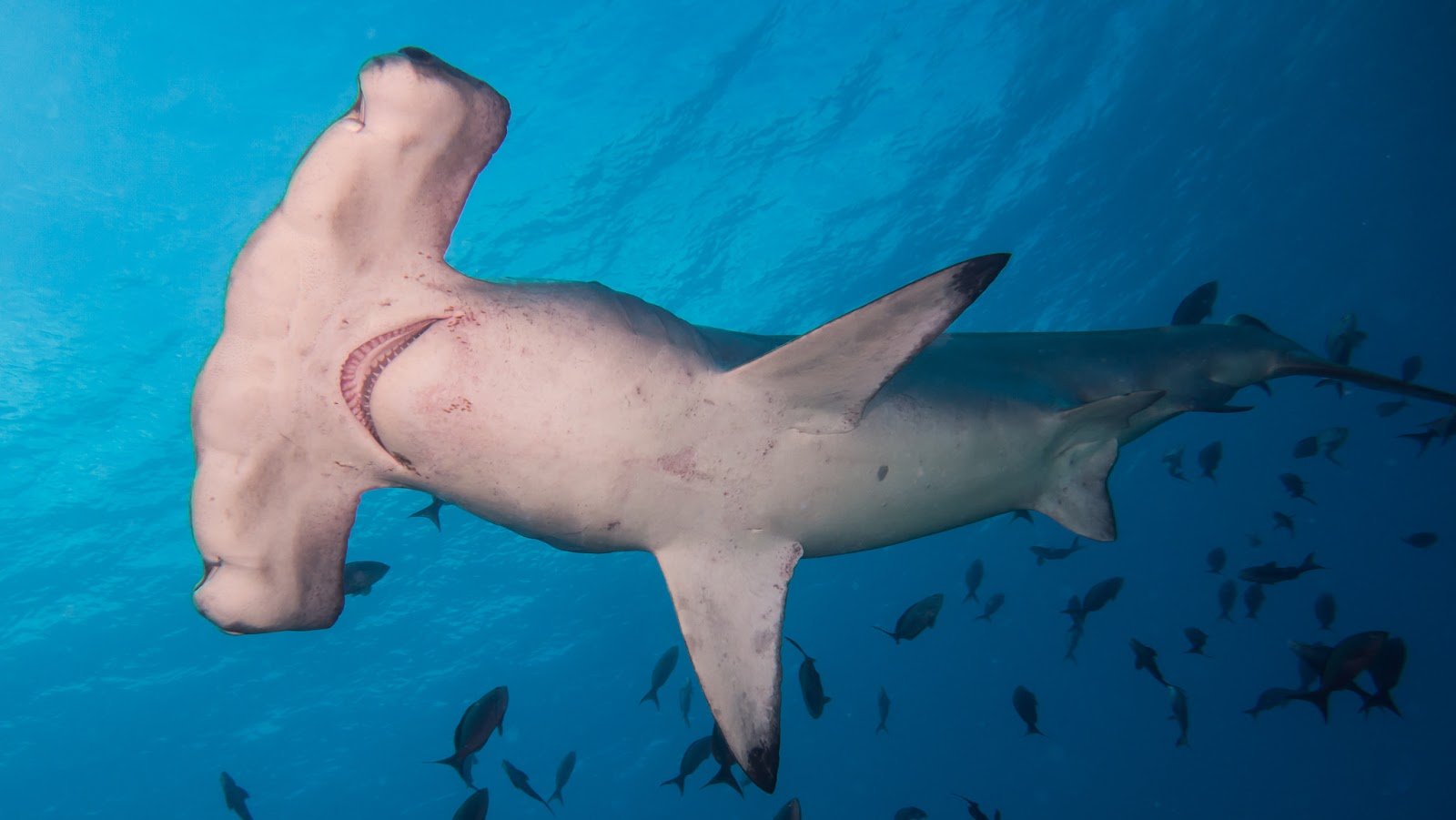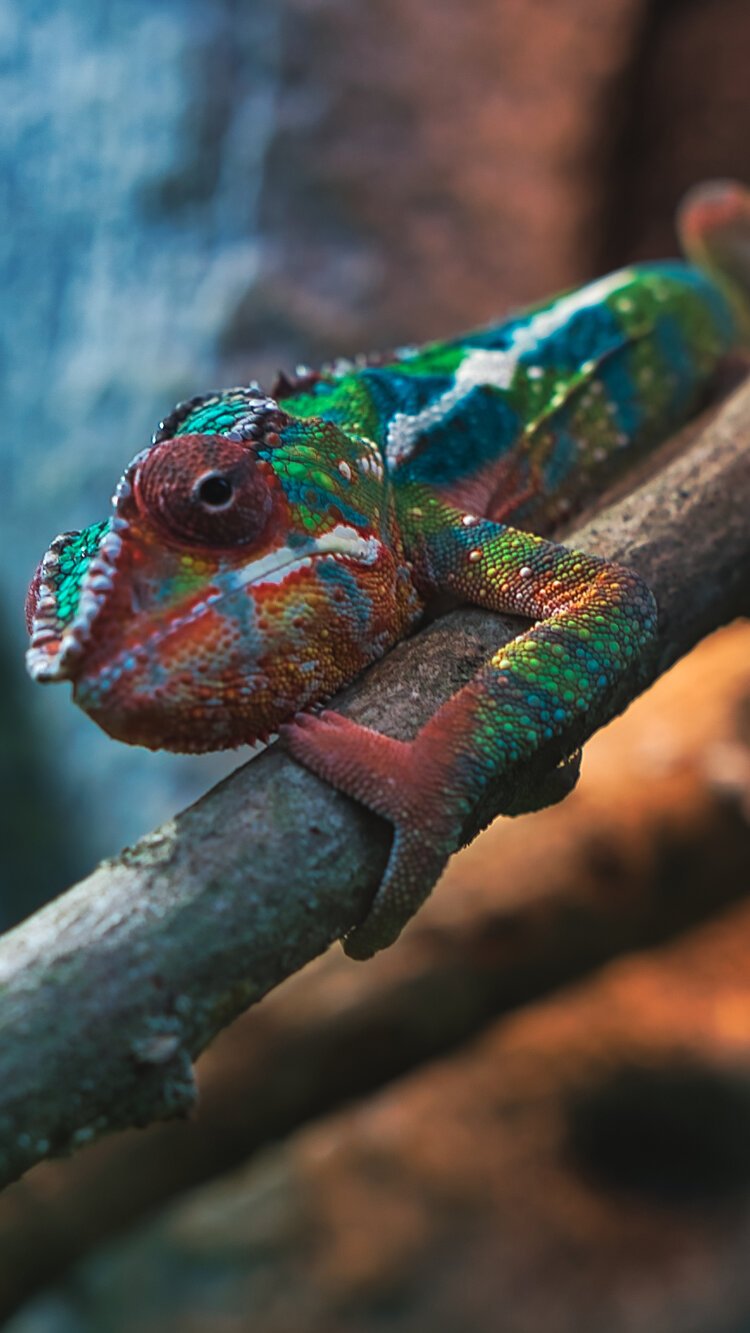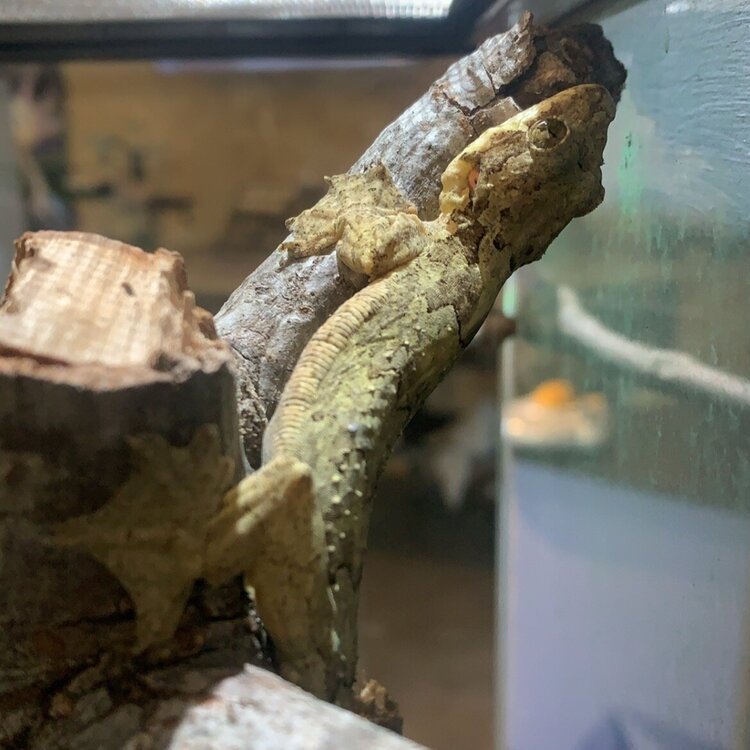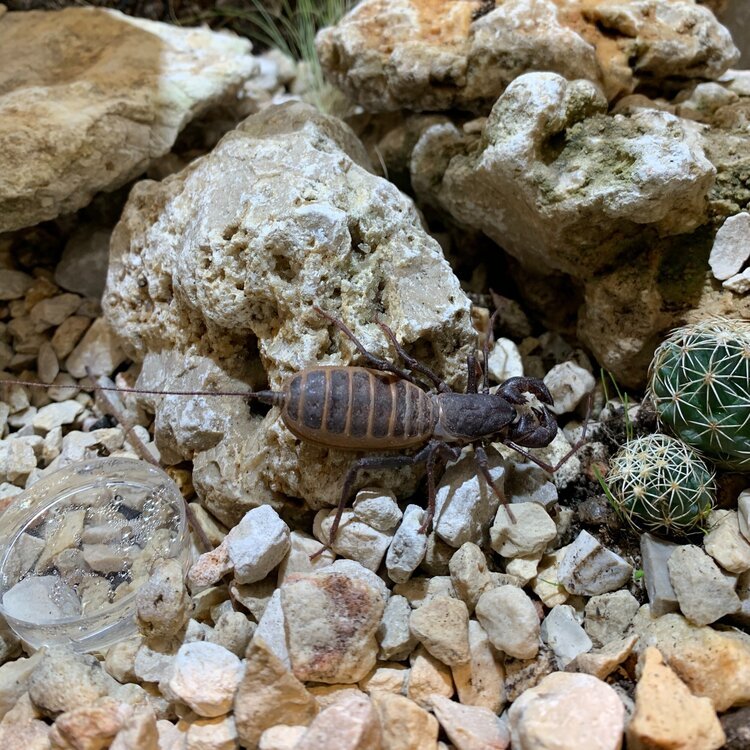This week, let’s take a close look at an important but often underestimated part of the ecosystem: healthy soil!
So what IS healthy soil?
Healthy soil is the foundation of successful agriculture and sustainable ecosystems. As stewards of the land, understanding the indicators of soil health is crucial for farmers, gardeners, and environmentalists alike. Think about it - our lives heavily depend on soil performing vital functions such as supporting crop growth, encouraging biodiversity, and water regulation. By examining key characteristics, we can assess the condition of the soil and make informed decisions to improve or maintain its vitality.
Soil Texture and Structure
Soil texture refers to the proportions of sand, silt, and clay in the soil. Healthy soil has a balanced composition, often referred to as loam, which promotes proper drainage and aeration while retaining sufficient moisture. Furthermore, good soil structure allows for root penetration, nutrient absorption, and microbial activity. Well-aggregated soil, characterized by the formation of stable granules or crumb-like structures, indicates a healthy ecosystem below the surface. Conversely, compacted soil lacking in structure can impede plant growth and reduce water infiltration.Soil Organic Matter
The presence of organic matter in the soil is a strong indicator of its health. Organic matter, such as decomposed plant and animal materials, enhances soil fertility, moisture retention, and nutrient availability. It serves as a food source for beneficial soil organisms, including bacteria, fungi, and earthworms, which help break down organic matter and contribute to nutrient cycling. Darker soil coloration usually suggests a higher organic matter content. Regular additions of compost or organic amendments can boost soil organic matter, improving its overall health and resilience.Soil pH
Soil pH is a measure of its acidity or alkalinity and greatly influences nutrient availability to plants. Most crops prefer a slightly acidic to neutral pH range. Acidic soils limit the availability of essential nutrients, while alkaline soils may cause nutrient imbalances. Regular soil testing helps identify the pH level, enabling growers to adjust it through amendments. Maintaining an optimal pH balance is essential for efficient nutrient uptake, maximizing crop productivity, and fostering a diverse soil microbial community.Soil Moisture
Adequate soil moisture is essential for plant growth and microbial activity. Healthy soil should possess a good water-holding capacity while allowing excess water to drain away. The ability to retain moisture depends on factors such as soil texture, organic matter content, and compaction. Soil that remains too dry or too waterlogged can negatively impact root development and reduce the availability of essential nutrients. Regular monitoring of soil moisture levels helps optimize irrigation practices and conserve water resources.Biodiversity and Soil Life
When you walk on soil, you probably don’t realize the incredible biodiversity that exists right beneath your feet! A thriving soil ecosystem teems with a diverse range of organisms, including bacteria, fungi, nematodes, earthworms, and insects. The presence of these beneficial organisms indicates a healthy and balanced soil environment. These organisms contribute to nutrient cycling, decomposition of organic matter, and pest control. Earthworms, for example, help improve soil structure through their burrowing activities. Promoting biodiversity aboveground, such as through crop rotation and cover cropping, can also have a positive impact on soil health by providing diverse organic inputs and fostering a symbiotic relationship with soil life.
PRINCIPLES OF SOIL HEALTH
As you can tell by now, healthy soil is important for many reasons. However, not all soils are healthy; in fact, there are numerous threats to soil health, which include erosion (due to water, wind, or tillage), carbon loss, nutrient imbalance, among others.
To create or maintain healthy soil, there are four basic principles:
Maximize biodiversity - this helps ensure a balanced habitat for soil organisms. Lengthening crop rotation, adding perennials, planting cover crops, and having grazing livestock are some ways of doing this.
Minimize disturbance - disturbance can take the form of physical disturbance (like tilling), chemical (which can disrupt the food web), or biological (which can be a result of low biodiversity). Minimizing this allows the soil time to recuperate and regulate.
Maximize living roots - roots nourish the microbes in the soil by providing food and releasing nutrients that contribute to overall soil health, such as by increasing the soil’s level of organic matter.
Maximize soil cover - soil cover refers to vegetation, crops, or crop residues that cover the soil which play an important role in controlling erosion and keeping the soil cool.




















